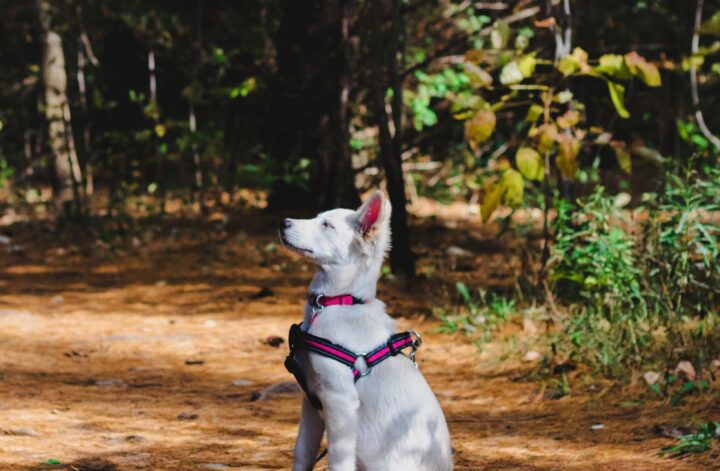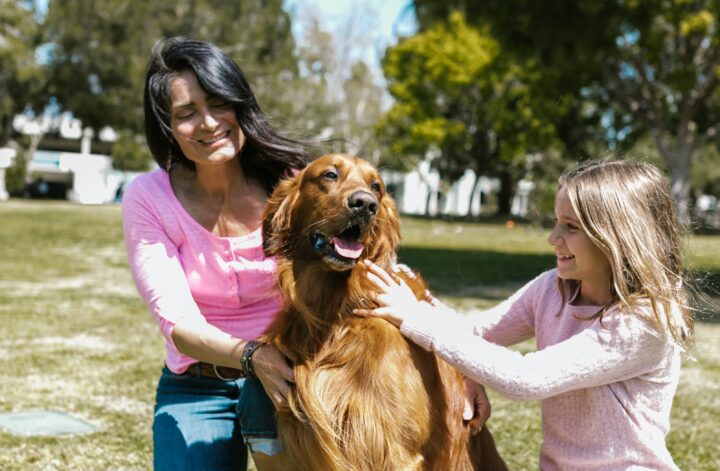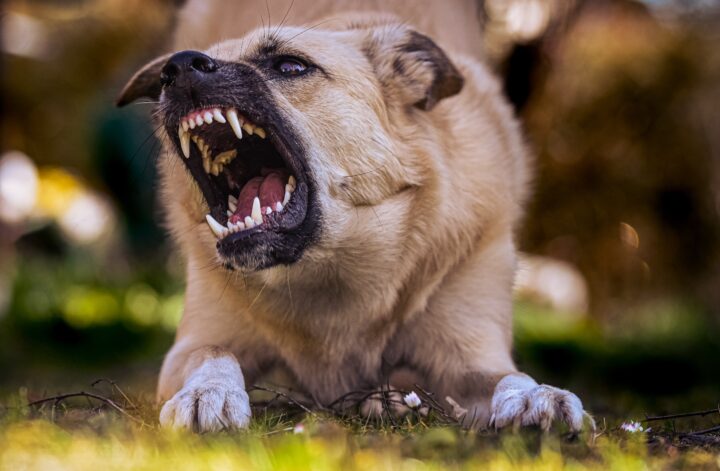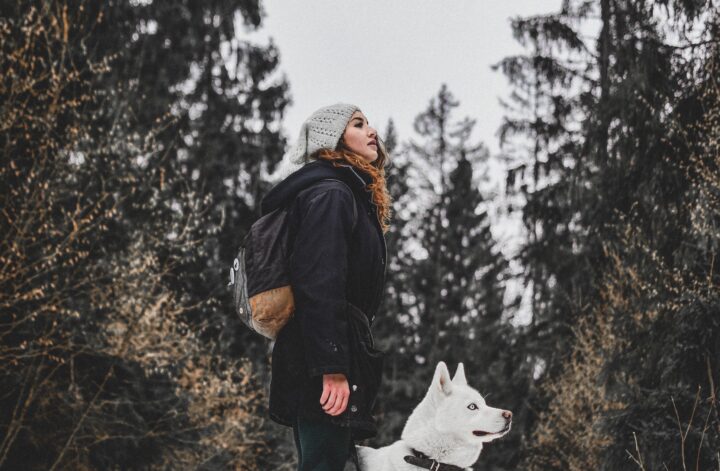Training a new puppy or an older dog can be a rewarding experience for both you and your furry friend. It not only helps in reinforcing good behavior but also strengthens the bond between you two. “Pawsitive Training,” or positive reinforcement, is an effective and compassionate approach to train your dog. It focuses on rewarding desired behaviors rather than punishing undesired ones, making the learning process fun and engaging for your pet.
In this blog post, we’ll explore the benefits of positive reinforcement training, offer practical tips, and share some useful techniques to help you get started.
The Benefits of Positive Reinforcement Training
Stronger Bond
Positive reinforcement training involves rewarding your dog for good behavior. This creates a positive association with you, strengthening your bond and making your dog more eager to please.
Increased Motivation
Dogs are naturally motivated by rewards, whether it’s treats, toys, or praise. By consistently rewarding good behavior, your dog will be more inclined to repeat those actions, making training faster and more effective.
Reduced Stress
Unlike punishment-based training methods, positive reinforcement reduces stress for both you and your dog. Your furry friend will feel more secure and confident, leading to a happier and more well-behaved pet.
Getting Started with Positive Reinforcement Training
Choose the Right Reward
The first step in positive reinforcement training is to find a reward that your dog loves. This could be anything from tasty treats to a favorite toy or even verbal praise. The key is to use something that your dog finds highly motivating.
Timing is Everything
Timing is crucial in positive reinforcement training. Reward your dog immediately after they perform the desired behavior so they can clearly associate the reward with that specific action. Delayed rewards can confuse your dog and make training less effective.
Consistency is Key
Consistency is essential for successful training. Make sure everyone in your household uses the same commands and rewards the same behaviors. Consistent reinforcement helps your dog understand what is expected of them and accelerates the learning process.
Start with Basic Commands
Begin with simple commands like “sit,” “stay,” and “come.” These foundational behaviors will make it easier to teach more complex commands later on. Break down each command into small steps and reward your dog for making progress along the way.
Seek Professional Guidance
Enroll in puppy training classes in Salt Lake City, UT for professional guidance on reinforcing positive behavior. These structured sessions, led by trained professionals, focus on positive reinforcement and help your puppy learn essential behaviors and socialize with other dogs. Enhance your training efforts at home and make your puppy a well-mannered, happy companion.
Effective Techniques for Positive Reinforcement Training
Clicker Training
Clicker training is a popular positive reinforcement method that uses a small device that makes a clicking sound to mark the exact moment your dog performs the desired behavior. The click is followed by a reward, helping your dog quickly understand which actions earn them a treat.
Capturing
Capturing involves rewarding your dog whenever they naturally perform a desired behavior. For example, if your dog sits on their own, immediately reward them. Over time, your dog will start to offer this behavior more frequently in hopes of earning a reward.
Shaping
Shaping is a technique where you gradually guide your dog towards the desired behavior by rewarding small steps along the way. For example, if you want to teach your dog to roll over, you would reward them first for lying down, then for rolling onto their side, and finally for completing the roll.
Luring
Luring involves using a treat to guide your dog into the desired position. For example, to teach your dog to sit, hold a treat close to their nose and slowly move it upwards. As your dog follows the treat with their eyes, their bottom will naturally lower into a sitting position. Once they sit, reward them immediately.
Troubleshooting Common Challenges
Patience is a Virtue
Training takes time, and it’s important to be patient with your dog. Avoid getting frustrated or resorting to punishment, as this can undermine the benefits of positive reinforcement and damage your bond with your pet.
Keep Training Sessions Short
Dogs have short attention spans, so keep training sessions brief and focused. Aim for 5-10 minutes per session, and gradually increase the duration as your dog becomes more comfortable with the training process.
Stay Positive
Stay upbeat and encouraging during training sessions. Celebrate your dog’s successes and remain patient during setbacks. A positive attitude will keep your dog motivated and eager to learn.
Conclusion
Positive reinforcement training is a humane and effective way to teach your dog good behavior. By focusing on rewarding desired actions, you can build a stronger bond with your furry friend while creating a happy and well-mannered pet. Remember to be patient, consistent, and always use rewards that your dog finds motivating. With these tips and techniques, you’ll be well on your way to successful pawsitive training.




